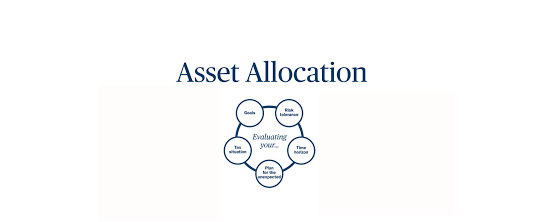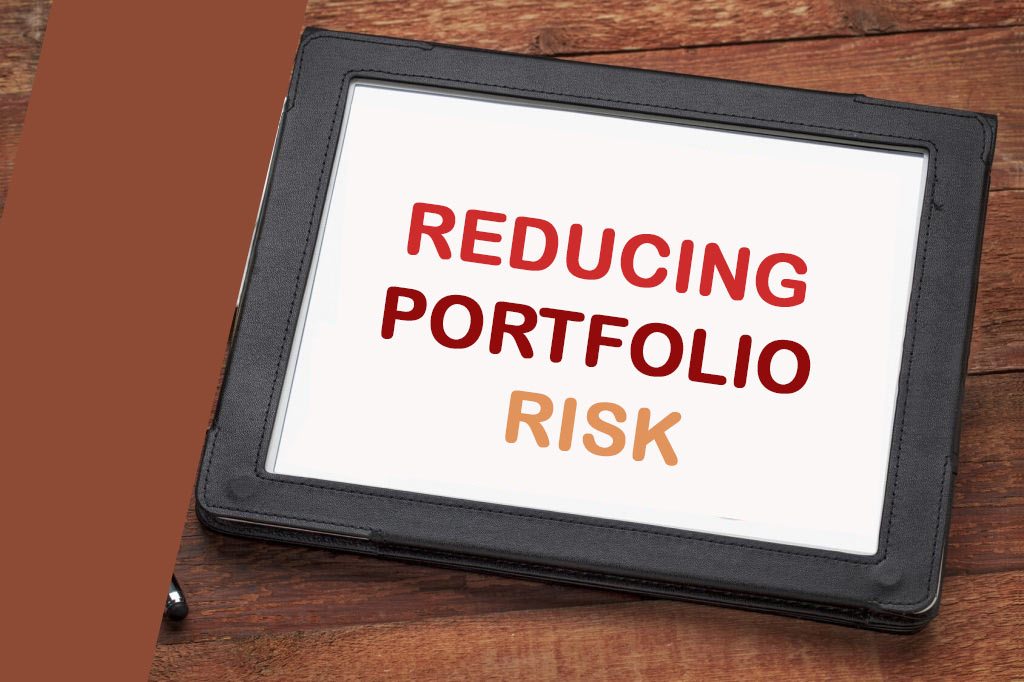Table of Contents
Ways To Reduce Investment Risk
When investing it is often a good idea to figure out ways to reduce investment risk to earn good returns in the long run especially when you stay invested with your investment. Oftentimes, the market fluctuates and it can be tempting to make unwavering decisions on your investment in reaction to the changes in your portfolio.
Investors who base their financial decisions on emotion on what entry point to take during uncertain times usually have a hard time reaching their financial long-term goals.
So to avoid making the common mistakes in your investment, ensure you implement these strategies that will help you to reduce associated risks in your investment and ultimately earn good returns in the long run.
Averaging Dollar Cost
Dollar-cost averaging is an investment strategy that you can deplore to ease out the effects of market fluctuations in your investment portfolio.
This method will help you to assign a particular dollar amount for the purchase of mutual funds, stocks, or bonds as often as you desire.
With this approach, you can purchase more shares when their prices are low and few shares when their prices are high. Usually, in the long run, the average cost of your shares will be lower than the average price of such shares.
The dollar-cost averaging strategy is systematic in helping you to avoid making investment decisions with your emotions which can minimize risk in your investments.

Asset allocation
Asset allocation helps you to assign your investment in different asset classes, such as bonds, stocks, cash, and alternative investments. With asset allocation, you will be able to put your investment portfolio into a specific objective.
You can decide to place a huge proportion of your assets in stocks and fewer ones in bonds if your goal is to pursue growth. Before deciding to divide the investment into your asset classes, ensure you understand the risk rewards ratio and the investment duration of each asset class because there are various levels of returns and market risk in different asset classes.
After allocating your asset, the next you want to consider to reduce the risk of an investment is portfolio diversification because they go hand in hand.

Portfolio diversification
Portfolio diversification can help to minimize investment risk by selecting a variety of investments within each asset class. With diversification, the impact of market swings can be reduced on your portfolio of different asset classes.
Reducing investment risk with a single security risk revolves around the pattern that your investment will fluctuate in value that is proportionate to the price of one holding
You can also reduce risk when you buy stocks of several different companies. When you buy stocks in different companies, you can offset the poor performance of one when the return on one investment is falling and the return of another is rising.
READ ALSO: Ways On How To Build A Good Mutual Fund Portfolio
Factors That Reduce Investment Risk
Listed below, are several other factors that investors can implement to limit potential losses and reduce the risk of an investment.
Investments value can rise or fall and you could even get back less than what you invest because any investment involves risk. In the future, the rules of tax can invariably change and your circumstances will determine their effects on you.
The volatility in the stock market also carries potential risks. So it is recommended to always seek independent advice if you are not so sure about investing.
However, since it is impossible to avoid risk as an investor, you can still protect your capital with certain ways to help reduce investment risk.

Here are certain ways to reduce risk in your investment.
Consider and Focus On Your Long Term Plan
Your investments can gain good returns when you stay invested over the longer-term, maybe five years or even longer. Although there can be no guarantees as you can still lose your capital no matter how long the duration you choose to hold your investments.
And while focusing on the long-term growth potential of your investment portfolios, you may choose to ignore the volatility of daily or short-term that might occur.
Avoid monitoring your investments too often to check how they are performing. You might choose to do that once or twice a year. Avoiding frequent performance checks will prevent you from selling at a loss earlier than unnecessary which results from the reaction you get when there is a sudden fall in value.
Invest Funds
When you invest in a pooled fund like the investment trust, you will gain access to the exposure of a wide range of companies that will help you to spread your overall risk. You will also get the benefit of making investment decisions that will be done on your behalf from the experience of a fund manager.
Investing in individual shares which solely come from a single company rather than from several companies, can leave you more exposed to potential losses because if such a company has issues, some or even all your investments could be lost.
Using One-Stop Solutions
Diversification of assets such as equities, bonds, funds, and property can help you to rely on multiple investments to yield good returns. This may reduce the risk of your investment as the well-performing asset classes can offset the ones that are poorly performing.
Diversifying your portfolios can be a tedious method. So deploying the diverse range of assets solution method can help to cushion the tasking approach of diversification in building and maintaining a diversified portfolio on a global scale.
In as much as you try to implement this method, ensure to choose the level of risk you are comfortable with as the higher potential rewards can also lead to a greater risk of loss.
There may be other investments that may better suit your investment needs as this is not a personal recommendation. So always check with a professional for advice if you are not so sure of where to invest.
Use a Stop-Loss Order
Using Stop-loss orders can protect you against any market setbacks. Putting a stop-loss order in place will automatically sell shares when they reach a particular market price.
The stop-loss order may be used as a strategy to protect profits and limit potential losses. Using this strategy depends largely on your attitude towards risk-bearing.
Invest on a Global Scale
Global funds investment may add a form of diversification where you can include various assets from different parts of the world in your investment portfolios. Instead of choosing to focus on a particular region of an economy, you can choose multiple regions so that if the stock market of one region falls in value, the gains in other regions will make up for the other one.
Investors can gain exposure to several economies with a wide range of demographics and dynamics when global funds choose to invest in companies in emerging and developed markets. Also, note that currency fluctuation risk is involved in global fund investment.
Indulge in Consistent Investments
Instead of putting in a huge sum of a fund in your investment, consider regular investment into the stock market that would yield good returns in the long run.
This will help you to cushion against the effect of market volatility by using your investment to buy more shares when prices are low, and fewer shares when prices are high. As this strategy sounds good, it might not always work as the returns might be lowers compared with when you invest in a huge sum.

Frequently Asked Question on Ways to Reduce Investment Risks
How can a risk management plan be improved?
Ways risk management plan can be improved:
You have to be clear about your remit because your business can be present with an increased opportunity for risk with any gaps in responsibilities. So you can do the following to improve your risk management plan.
Understand the risks as early as possible.
Analyze the risk appropriately.
Identify and list the risks.
Be in full control of the risks.
Pick some lessons from the previous mistakes.
Stay positive.
What are risk management activities?
The risk management activities include the following:
Describe the risks and their effects.
Enumerate the risks and prioritize them.
Identify a mitigation plan for the risks.
Actualize the mitigation plan.
Share the risk process in the course of the project.
Pay attention to the risk effects during the project.
What is the most important step of a risk management plan?
The most important step of a risk management plan is risk analysis.
What are the 4 risk management principles?
The four risk management principles: 1. Consider the risks when the benefits are more than the effects. 2. Risk decisions to be taken at the right time and in the right process. 3. Planning to identify and manage risks. 4. Cut off all irrelevant risks.
What are the 11 risk management principles?
Here are the risk management principles:
Anticipate and be value-driven.
Communicate the risk management process.
Be integral in decision-making.
Be readily available in the process.
Examine and evaluate uncertainty.
Be well organized and systematic at the right time and the right level.
Identify the right available information.
How do you evaluate risk?
You can evaluate risk by deciding to identify its triggers and ways to manage them.
Why do we need risk management?
We need risk management because it helps us to identify the severity of potential project risks and ways to reduce or manage them. This creates an action plan in place to handle the risks beforehand which will enable project success and maximize project outcomes.
What are the 4 risk strategies for risk remediation?
The four risk strategies for risk remediation include risk acceptance, risk limitation, risk transference, and risk avoidance.
Which form of investment has the least amount of risk involved?
The form of investment that has the least amount of risk involved include bonds, savings accounts, CDs, and money account market accounts. These investment classes can be grouped as the least risky investment types because of their minimal market exposure making them less affected by fluctuations, unlike funds or stocks.
How can liquidity risk be reduced?
Liquidity risk can be reduced with adequate financial planning and analysis thereby making regular cash flow forecasts by monitoring and optimizing net working capital and ensuring that the existing credit facilities are well managed.

FINAL NOTE
Investing carries some potential risks. In as much as you try to get some good returns, there can be no guarantees because you can still make some losses no matter how long you hold your investments.
The value of investments can rise or fall and you could even get back less than you invest. So it is recommended to always seek independent advice from professional financial experts if you are not so sure about investing.
Consider leaving a comment in the comment section below on what you think about reducing risk on an investment.



